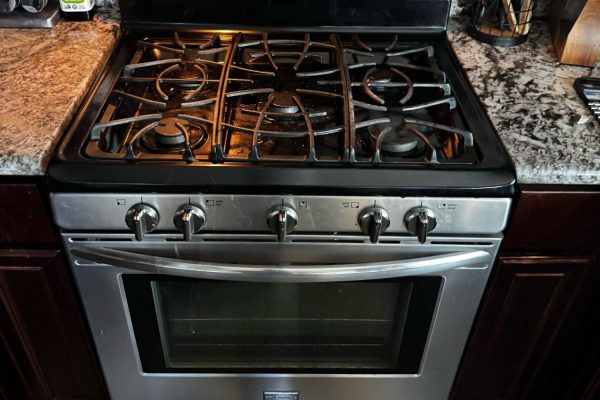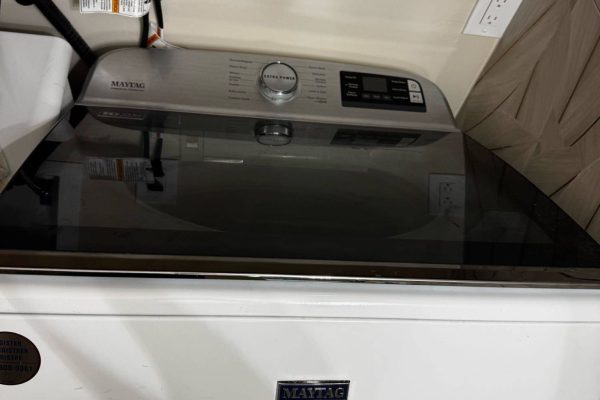The refrigerator is the cornerstone of any kitchen, tasked with preserving food freshness and maintaining optimal temperatures for perishable items. However, the efficiency of your refrigerator can be significantly influenced by its placement within the kitchen environment. From temperature fluctuations to airflow restrictions, the location of your refrigerator plays a crucial role in its performance and energy consumption. In this article, we’ll explore the effect of refrigerator placement on its efficiency and provide guidance on where to position this essential appliance for optimal performance.
Understanding the Impact of Refrigerator Placement
The efficiency of a refrigerator is influenced by various factors, including ambient temperature, proximity to heat sources, airflow patterns, and accessibility. Improper placement can lead to temperature fluctuations, increased energy consumption, and reduced cooling efficiency. By strategically positioning your refrigerator in the kitchen, you can minimize these issues and maximize its performance.
Best Places to Position Your Refrigerator in the Kitchen
Away from Heat Sources:
Avoid placing the refrigerator near heat sources such as ovens, stoves, dishwashers, or direct sunlight, as these can increase the ambient temperature around the appliance and cause it to work harder to maintain optimal cooling temperatures. Heat sources can also disrupt airflow patterns and lead to uneven cooling, compromising food freshness and quality.
Near a Power Outlet:
Ensure that your refrigerator is positioned near a power outlet to facilitate easy access to electricity and minimize the need for extension cords or adapters. This not only ensures reliable power supply but also reduces the risk of tripping hazards and electrical accidents in the kitchen.
Adequate Ventilation Space:
Allow sufficient clearance space around the refrigerator to promote proper ventilation and airflow. The refrigerator’s condenser coils release heat during the cooling process, and obstructed airflow can impede heat dissipation and cause the appliance to overheat. Leave at least 2-3 inches of space between the refrigerator and surrounding walls or cabinets to allow for adequate ventilation.
Level and Stable Surface:
Place the refrigerator on a level and stable surface to ensure proper operation and prevent vibrations or rocking during use. Use adjustable leveling feet or shims to stabilize the appliance and ensure that it is evenly balanced. A stable refrigerator helps maintain optimal cooling performance and prevents damage to internal components.
Convenient Access and Traffic Flow:
Position the refrigerator in a location that allows for convenient access and smooth traffic flow within the kitchen. Choose a central location with easy access to food preparation areas, dining areas, and storage areas to streamline meal preparation and serving. Avoid placing the refrigerator in narrow or obstructed spaces that may impede movement or cause congestion in the kitchen.
Consideration of Kitchen Layout:
Take into account the layout and design of your kitchen when determining the best placement for the refrigerator. Consider factors such as door swing direction, clearance space for door opening, and compatibility with surrounding cabinetry and appliances. Choose a location that maximizes available space and integrates seamlessly with the overall kitchen design.
Climate Considerations:
In regions with extreme temperatures or high humidity levels, consider additional factors when positioning the refrigerator. Avoid placing the appliance in areas prone to temperature fluctuations or excessive moisture, as these conditions can affect cooling efficiency and contribute to condensation or mold growth. Choose a location with stable temperatures and adequate ventilation to ensure optimal performance year-round.
Accessibility for Maintenance and Cleaning:
Ensure that the refrigerator is positioned in a location that allows for easy maintenance and cleaning. Leave sufficient space around the appliance to access the back and sides for routine maintenance tasks such as dusting, vacuuming, and coil cleaning. This helps prevent dust and debris buildup, which can hinder airflow and reduce cooling efficiency over time.
The placement of your refrigerator within the kitchen environment has a significant impact on its efficiency, performance, and longevity. By strategically positioning the appliance away from heat sources, near power outlets, and with adequate ventilation space, you can optimize cooling performance and minimize energy consumption. Consider factors such as convenience, traffic flow, kitchen layout, climate conditions, and accessibility when determining the best placement for your refrigerator. With careful planning and consideration, you can ensure that your refrigerator operates efficiently and effectively, preserving food freshness and quality for years to come.
Access our appliance repair experts today! Reach out to a skilled technician from Poway Appliance Repair Service Center via phone or schedule your service online.
Our service center operates 24/7, allowing you to effortlessly arrange a suitable repair time. The specialist will arrive promptly, conduct a diagnosis, and if needed, provide on-site repairs within 1-2 hours, if you prefer. Experience top-notch service at a budget-friendly price!
Contact us:


